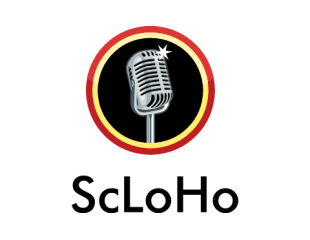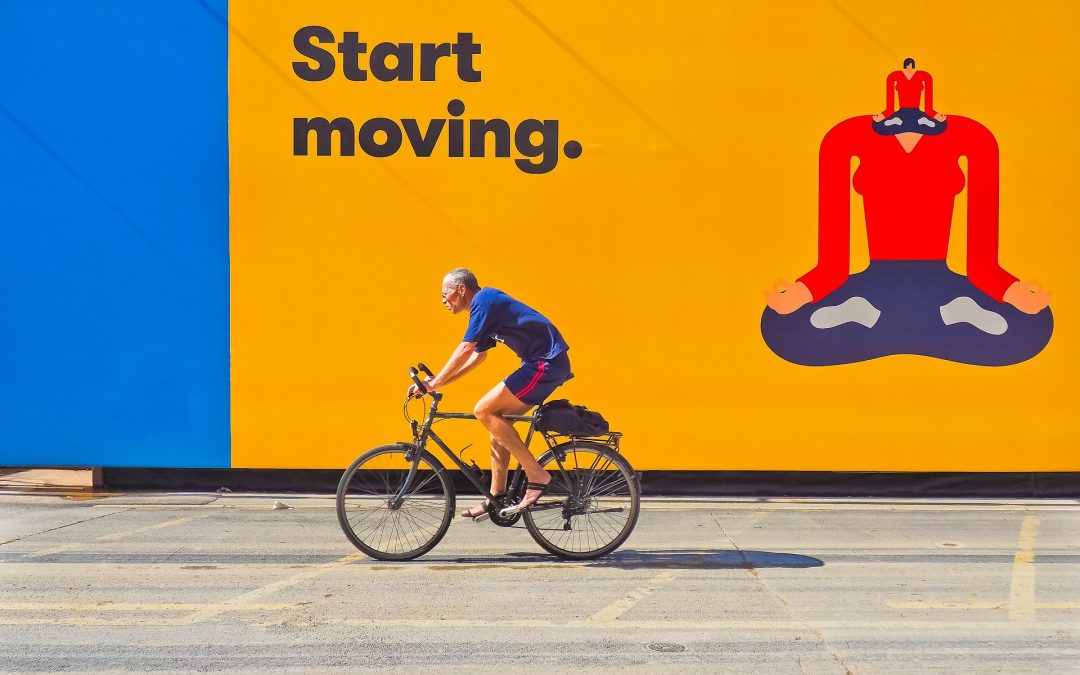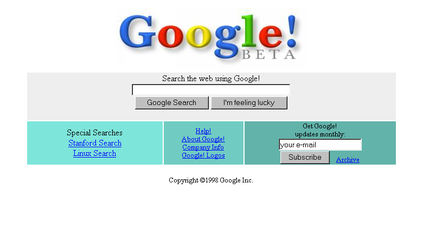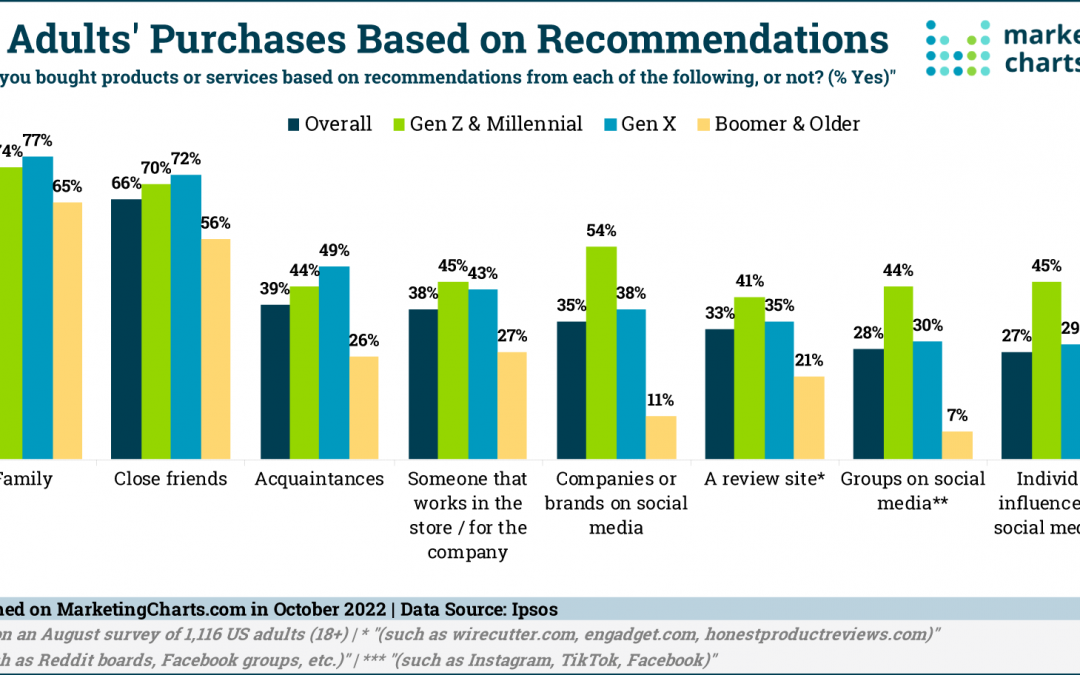
Win Back Former Customers
What should you change to retain or win back customers?
What internal changes can you make that will create a more positive customer experience?
Are there some things that have changed but that law of “unintended consequences” kicked in and perhaps you should revert to the it was before?
How prepared are you for the upcoming year and both the known and unknown that will impact the Customer Experience and your business bottom line?
I know, that’s a lot to contemplate but it’s the kind of questions I like to ask when I’m meeting with business owners and managers.
I’ve got three stories/examples to share.
I was one of the millions of people who voted early this year. Instead of waiting until Election Day on Tuesday November 5th, I was downtown one day in October and decided to visit the early voting location and stand in line to vote early. The line was long but it was inside. Total time from when I arrived and parked my car to when I left was 50 minutes.
A couple weeks later I noticed that the early voting line was different. It was shorter and people had to wait outside the building. I’m not sure why but I was thankful that my wait was not braving the elements, even though it was longer than those later early voters. The customer experience of voting was less favorable for those who had to wait outside. Most, but not all voters persisted in both scenarios because they had a determination to vote then and there instead of leaving.
Another story dealing with lines is my favorite locally owned coffee shop, the one that earned the nickname of ScLoHo’s North Office for more than a dozen years. These days I visit mostly on Sundays but have started to stop by during the week on occasion too, like the old days.
However there are times when I will walk in and look at the line of people waiting to order and decide if I want to stay and wait or leave. When they are busy the line can be 20 people deep. Longer than that and the line goes out the door which I’ve seen a couple of times. I know that over the years the owners have continually made modifications and that includes expanding and also streamlining their menu. They’ve also adjusted their hours and during the Covid years, made required adjustments as needed. They’ve raised their prices and even added a surcharge which is a percent of your bill that goes to pay for benefits to their staff. I know that because they were upfront and posted about it. They are 25 years strong and despite the long lines during busy times which discourages some customers from waiting at that moment, they will continue to thrive.
I also have the Starbucks app on my phone and I keep it loaded with funds so I can get coffee on the road at places other than my favorite local shop. There have been a couple of times that one of the local Starbucks was so busy that they had no parking avail and I’ve waited for over 20 minutes. I know, First World Problem. I’m not the only one that has been deterred from being their customer as they’ve lost sales and now they are going to fix a couple of common complaints to their speed and pricing. Here’s the info from MediaPost.com:
Starbucks Ends Milk Upcharge, Returns To Sharpie Roots
“Starbucks will no longer charge customers extra for nondairy milk alternatives in their lattes, macchiatos and other beverages, part of a strategy to boost slowing sales by streamlining its menu and re-creating a more inviting coffeehouse vibe at its stores,” according to The Washington Post. “Customers previously complained that the extra fee for nondairy substitutes discriminated against people with lactose intolerance or other dietary restrictions….
Customers ordering drinks with nondairy substitutes can expect price reductions of more than 10%.
“The company is also setting a goal of getting customers their orders in four minutes or less,” according to The New York Times. Brewed coffee will now be delivered to customers at the register, and customers can customize their coffee themselves — adding milk and sweeteners — at the condiment stations that the company will be reinstalling. That should also alleviate some of the workload for baristas.”
Another change won’t save customers money, but might make them feel more connected to the brand: “Starbucks is bringing back hand-written names in Sharpie on cups and self-serve stations with sugar and cream to try to win back customers,” according to CNN. “Baristas handwriting customers’ names and messages on their drink orders in marker will make a comeback.”
It’s part of their strategy to recreate a coffeehouse vibe at Starbucks and add a “human touch.”
The last story I have has to do with something I did about 15 years ago when I served on the Board of Directors with the Advertising Federation. We had monthly lunches at least 9 or or 10 times a year and there was a fee to attend. Nearly everyone else on the board worked on the creative side or at an ad agency, yet I was the one that moved us forward into the world of online payments. This was around 2009 and the custom was to reserve with an email or phone call and then bring either cash, check or credit card to be processed at the lunch.
Eventbrite was just a few years old and some of the old school board members were hesitant to move to an online reservation and payment platform for our lunches. I set it up and our attendance quickly rose because we improved the customer experience and provided a fresh option to make it easy for people to buy along with keeping the previous method as an option for about a year to handle the transition.
All of these stories and examples are related to marketing too because you’ve changed the perception and reality of your company to the customer.
Go back to those original questions and ask yourself and your team about ways to improve as you move forward.




